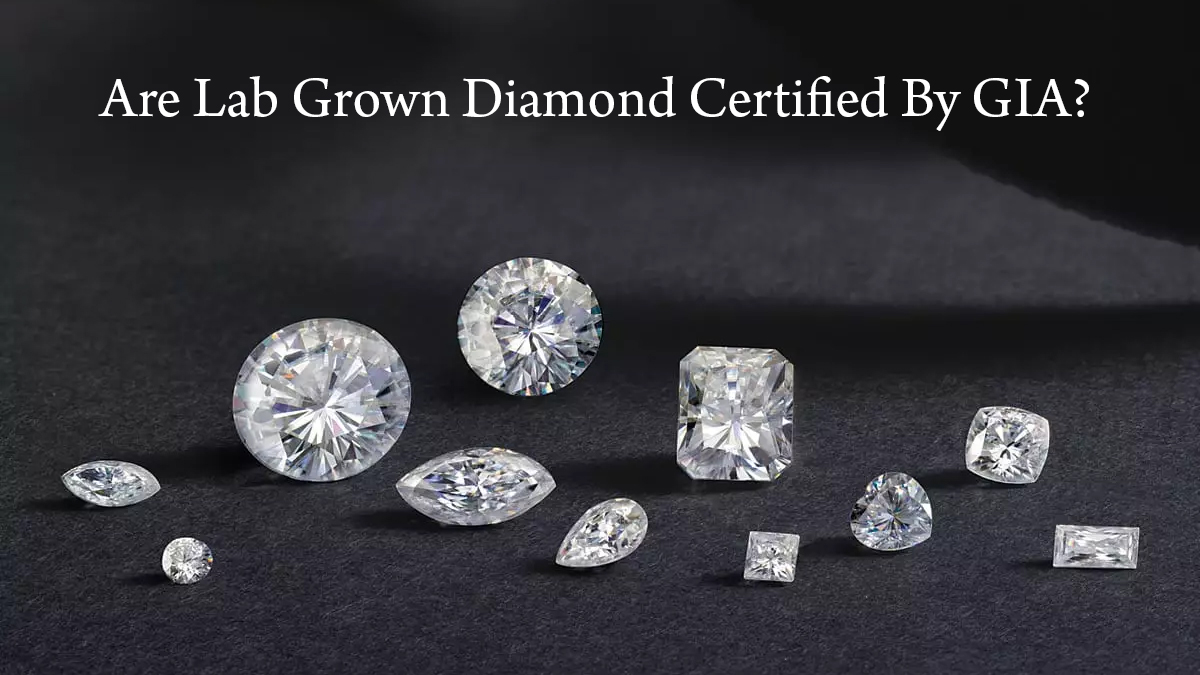Diamond is a mineral made of pure carbon. It is the most well-known gemstone and the hardest naturally occurring substance.
Diamonds are extremely hard, which has a variety of significant industrial applications. Diamonds are renowned for their extreme hardness, brightness, and sparkle. These qualities make them ideal for use in diamond engagement rings and other jewelry.
Lab created diamonds are real diamond. They are not cubic zirconia or Moissanite. They have all of the physical and chemical attributes of a mined diamond."
Lab grown diamonds are created in a laboratory. They are chemically identical to their natural counterparts. This can be a more affordable option for people looking for a budget-friendly solution.
Natural diamonds and lab-grown diamonds have identical characteristics and are rated according to the same standards for quality and color. In comparison to earth mined diamonds, this lab grown diamonds are more affordable, ethically sound, and, in some cases, aesthetically appealing. In the US and other countries, their popularity is skyrocketing.
Why Consider a Lab Created Diamonds?
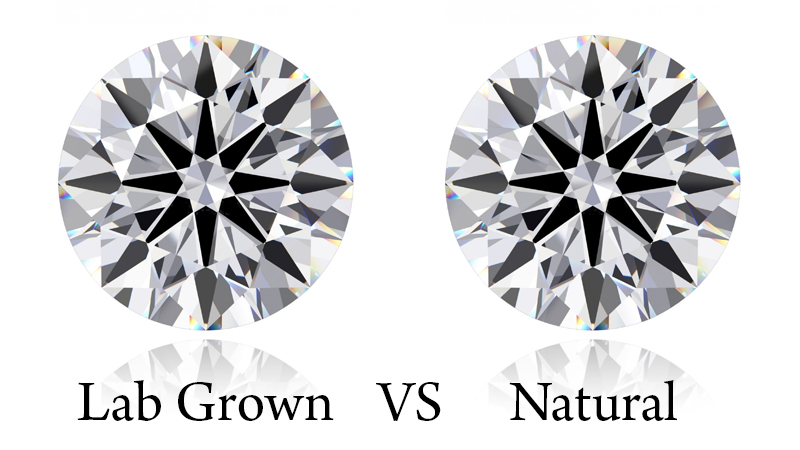
1. If you're wondering if a lab created diamonds is real, don't worry. A lab grown diamond is not a diamond simulant, such as cubic zirconia or moissanite. This is according to Dr. Sally Magaa, a research scientist at the Gemological Institute of America (GIA). "Laboratory grown diamonds and natural diamonds have nearly identical physical and chemical properties." Furthermore, a lab-grown diamond possesses the same radiance and fire as a natural diamond."
2. Natural diamonds are often in higher demand due to their scarcity and the extraordinary circumstances required to manufacture them. Investing in diamonds made or grown in a laboratory has advantages. These may be convincing to you. Lab-grown diamonds are created in a few months, not years. This is why they cost much less than real diamonds. Synthetic diamonds often cost 30-40% less than natural diamonds. The quality of these stones makes them an excellent value.
3. If you do some research, you will discover that diamond mining can have a huge negative impact on the environment. Lab-grown diamonds are created with limited resources. They are produced in laboratories with minimal environmental impact. People are frequently concerned about the methods used to mine natural diamonds. The humanitarian and environmental impact of natural diamond mining operations are becoming increasingly problematic. Lab-grown diamonds are less problematic because they are created by trained and qualified professionals, leaving no doubt regarding their origin.
4. Lab-grown diamonds provide a high level of traceability and transparency, which adds to one's peace of mind. Each lab-grown diamond can be traced back to its source, confirming that it was created in a responsible manner. Lab-grown diamond companies are highly reputable. They provide full details on the manufacturing process. This includes the laboratory where the diamond was produced and the techniques used. Customers can make informed decisions when buying diamonds due to the transparency of the process. They know where and how the diamond was created.
5. When purchasing a diamond, lab-grown diamonds provide a wonderful opportunity to gain peace of mind. Their ethical and sustainable sourcing, traceability, certifications, quality, and price all help to provide a great purchasing experience. Buyers can appreciate a diamond's beauty and significance. At the same time, they can make an eco-friendly and ethical choice by buying a lab-grown diamond.
What is Lab Diamond Certification?
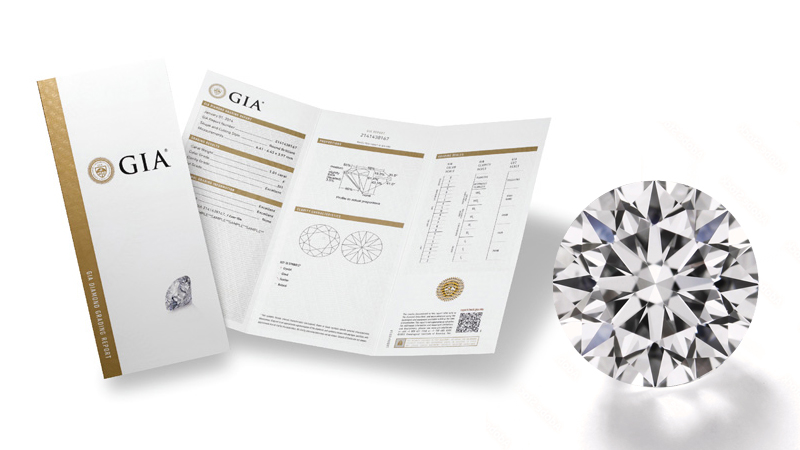
A lab diamond certification is a document issued by an external organization. It verifies the characteristics of a diamond. This document is a crucial part of the diamond's evaluation process. The institute is tasked with reviewing the diamond's quality and nature and issuing a fair conclusion.
The report issued by the grading lab details several aspects of diamond. These characteristics include, first and foremost, the four c's: carat, color, clarity, cuts, and many others.
The diamond lab's professionals will examine, measure and analyze the diamonds. They will use tools such as a microscope or loupe. Finally, they will publish their findings on the certificate
What is GIA?

The Gemological Institute of America is commonly known by its acronym, GIA. It is a non-profit organization dedicated to gemstone research and education. Since 1931, the GIA has been a prominent authority on all things gem related.
The Gemological Institute of America (GIA) has made major advances in the diamond jewelry industry. These include the gemological microscope and the diamond grading process, commonly known as "diamond certification rating". A GIA Diamond Report indicates that a specific gemstone has been subjected to the GIA's rigorous quality-control criteria.
Do lab diamonds get certified by GIA?
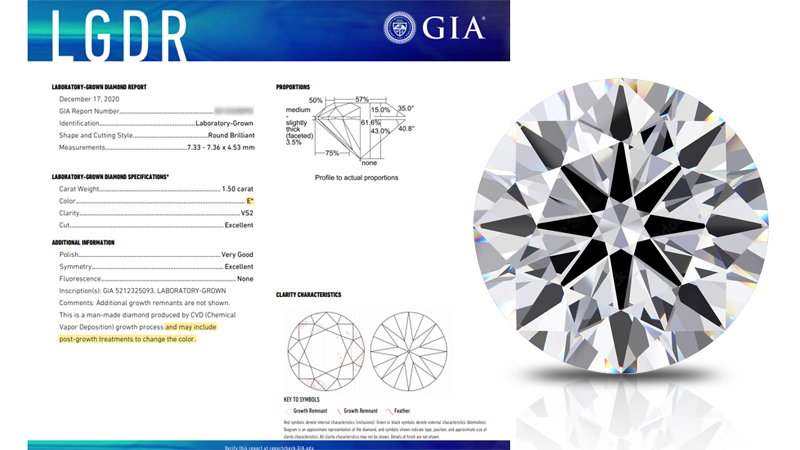
In 1953, the Gemological Institute of America (GIA) developed the International Diamond Grading System. This system included the 4Cs: cut, clarity, color, and carat weight. The 4Cs system is the industry norm for determining the quality of lab-grown diamonds. It is the most common grading method used.
GIA certified diamonds are the gold standard for natural quality diamonds. IGI is the leader in lab-grown diamonds within the industry.
Both are reliable; however, GIA lab-grown diamonds are normally more expensive (a $1,000 difference). We advise buying certified lab-grown diamonds only from a respected store. It doesn't matter if you choose GIA or IGI.
Conclusion
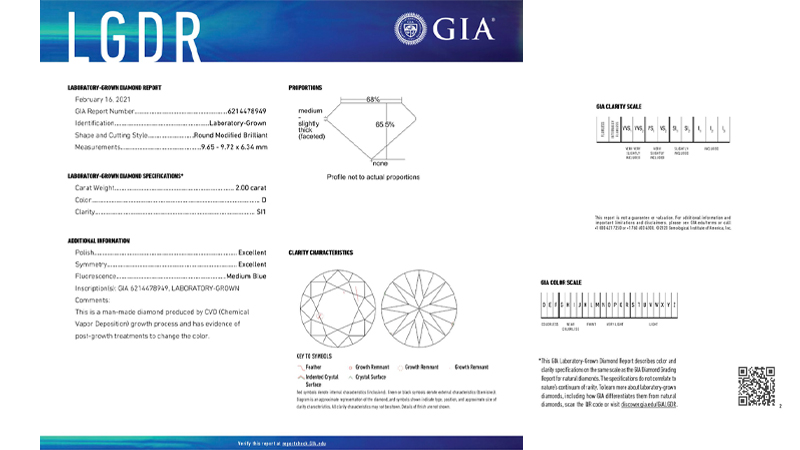
Lab-grown diamonds are a relatively newer alternative to natural diamonds that are created in a laboratory. Chemical vapor deposition (CVD) or high-pressure high-temperature (HPHT) methods are used to create these diamonds.
The short answer to the question of whether lab-grown diamonds can be GIA certified is yes. Since 2007, the GIA has begun certifying lab-grown diamonds.
The GIA certification has specific grading procedures for lab-grown diamonds. These procedures involve a range of tests and evaluations. The tests determine the diamond's color, clarity, cut, and carat weight.
GIA diamond grading reports are issued to lab-grown diamonds that match the GIA's requirements. A GIA report is a document of authenticity that certifies the diamond's features and quality.
It should be noted that lab-grown diamonds are not necessarily graded in the same way that natural diamonds are. Lab-grown diamonds may be accompanied by GIA reports. These reports can provide details such as the type of diamond, growth method, and laboratory name.

